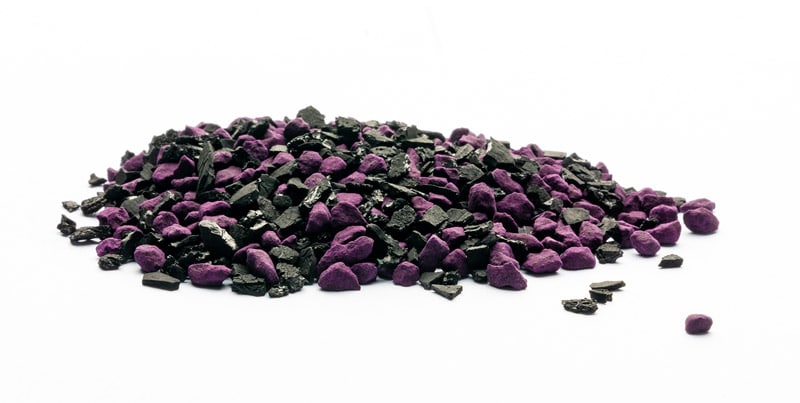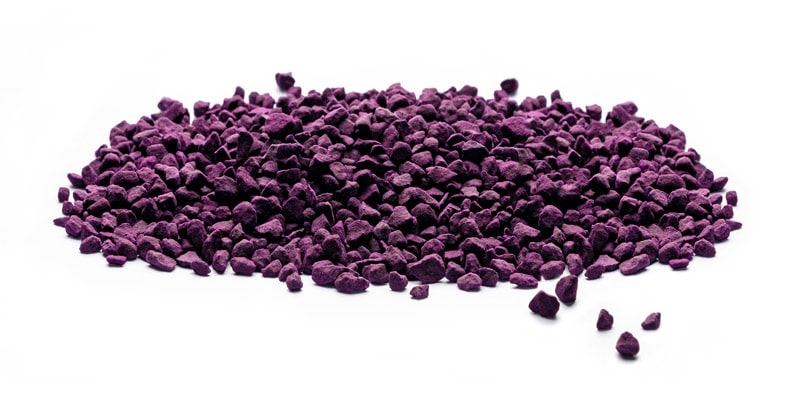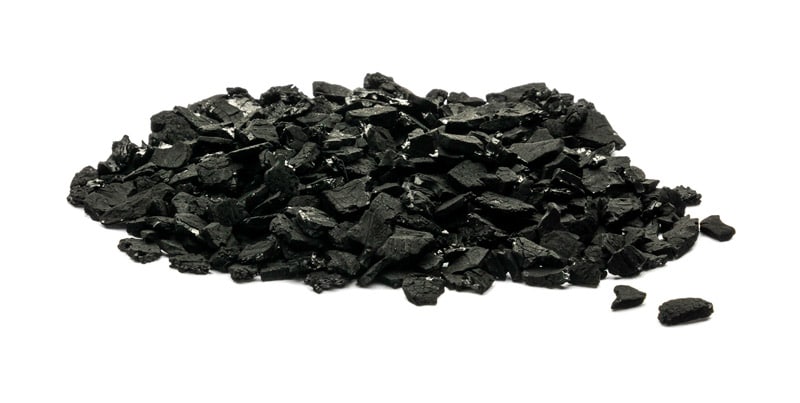Air Pollutants
Search for your pollutant, contaminant or concern for a product
Kitchen Odors
Kitchen odors can vary from pleasant ones such as basil to unpleasant ones such as trash. Gas phase media will absorb odors lurking in kitchens whether it is burned food, fish smoke, fried food, or beef roast.
Media Solution
Lactic Acid
Lactic acid, also known as milk acid, is a chemical compound that plays a role in several biochemical processes. It is a hydroxy carboxylic acid. It was first isolated in 1780 by the Swedish chemist Carl Wilhelm Scheele. It is a carboxylic acid, whose chemical formula C3H6O3 has its hydroxyl group adjacent to the carboxyl group, making it an alpha hydroxy acid (AHA). In solution, it can lose a proton from the acidic group, producing the lactate ion CH3CH(OH)COO−. It is miscible with water or ethanol, and is hygroscopic.
Media Solution
Menthol
Menthol is an organic compound made synthetically or obtained from peppermint or other mint oils. It is a waxy, crystalline substance, clear or white in color, which is solid at room temperature and melts slightly above. The main form of menthol occurring in nature is (−)-menthol, which is assigned the (1R,2S,5R) configuration. Menthol has local anesthetic and counterirritant qualities, and it is widely used to relieve minor throat irritation. Menthol also acts as a weak kappa Opioid receptor agonist.
Media Solution
Mercaptans
In organic chemistry, a mercaptan or thiol is a organosulfur compound that contains a carbon-bonded sulfhydryl (-C-SH or R-SH) group (where R represents an alkane, alkene, or other carbon-containing moiety). Thiols are the sulfur analogue of alcohols, and the word is a portmanteau of “thio” + “alcohol,” with the first word deriving from Greek (“thion”) = “sulfur”. The -SH functional group itself is referred to as either a thiol group or a sulfhydryl group. Many thiols have strong odors resembling that of garlic. They are used as odorants to assist in the detection of natural gas (which in pure form is odorless), and the “smell of natural gas” is in fact due to the smell of the thiol used as the odorant.
Mercaptans are non-toxic gases that have been found in the oil and gas industry, refineries, pulp and paper mills, natural gas, and the production of essential chemicals.
The HS-600 an air filter media that is used to remove mercaptans. The media is typically used to treat low concentrations in parts-per-million (ppm) or parts-per-billion (ppb).
Contact us at [email protected] to discuss your application today.
Media Solution
Methyl Acetate
Methyl acetate, also known as MeOAc, acetic acid methyl ester or methyl ethanoate, is a carboxylate ester with the formula CH3COOCH3. It is normally a flammable liquid with a characteristic, pleasant smell like certain glues or nail polish removers. Methyl acetate has characteristics very similar to its analog ethyl acetate. Methyl acetate is used as a solvent, being weakly polar and lipophilic. Methyl acetate has a solubility of 25% in water at room temperature. At elevated temperature its solubility in water is much higher. Methyl acetate is not stable in the presence of strong aqueous bases or acids. Methyl acetate is VOC exempt.
Media Solution
Methyl Acrylate
Methyl acrylate is a volatile alpha beta unsubstituted methyl ester used in the preparation of polyamidoamine (PAMAM) dendrimers typically by Michael addition with a primary amine. Methyl acrylate is a contact allergen present in nail lacquer.
Media Solution
Methyl Alcohol
Methanol, also known as methyl alcohol, wood alcohol, wood naphtha or wood spirits, is a chemical with formula CH3OH (often abbreviated MeOH). It is the simplest alcohol, and is a light, volatile, colorless, flammable, liquid with a distinctive odor that is very similar to but slightly sweeter than ethanol (drinking alcohol). At room temperature it is a polar liquid and is used as an antifreeze, solvent, fuel, and as a denaturant for ethanol. It is also used for producing biodiesel via transesterification reaction. Methanol is produced naturally in the anaerobic metabolism of many varieties of bacteria, and is ubiquitous in the environment. As a result, there is a small fraction of methanol vapor in the atmosphere. Over the course of several days, atmospheric methanol is oxidized with the help of sunlight to carbon dioxide and water.
Media Solution
Methyl Bromide
Bromomethane, commonly known as methyl bromide, is an organobromine compound with formula CH3Br. This colorless, odorless, nonflammable gas is produced both industrially and particularly biologically. It is a recognized ozone-depleting chemical. It was used extensively as a pesticide until being phased out by most countries in the early 2000s.
Media Solution
Methyl Butyl Ketone
Also known as: 2-Hexanone. CAS Number: 591-78-6. A colorless liquid with a very pungent, acetone-like odor. It is a waste product of wood pulping, coal gasification, and oil shale operations. Was formerly used in paint, paint thinner, and other chemical substances, but its uses have been restricted and it is no longer made in the United States. Chemical formula = C4H9COCH3. Molecular weight = 100.16 g/mol.
Media Solution
Methyl Cellosolve
Methoxyethanol, or methyl cellosolve, is an organic compound that is used mainly as a solvent. It is a clear, colorless liquid with an ether-like odor. It is in a class of solvents known as glycol ethers which are notable for their ability to dissolve a variety of different types of chemical compounds and for their miscibility with water and other solvents. It can be formed by the nucleophilic attack of methanol on protonated oxirane followed by proton transfer. Methoxyethanol is used as a solvent for many different purposes such as varnishes, dyes, and resins. It is also used as an additive in airplane deicing solutions. Methoxyethanol is toxic to the bone marrow and testicles. Workers exposed to high levels are at risk for granulocytopenia, macrocytic anemia, oligospermia, and azoospermia.
 XB-17
XB-17
 HS-600
HS-600
 HS-AC
HS-AC